#queen maud
Explore tagged Tumblr posts
Text

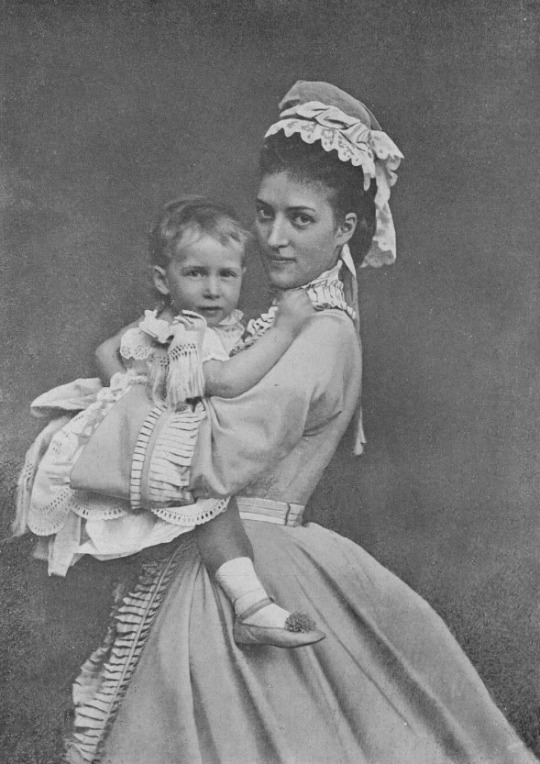
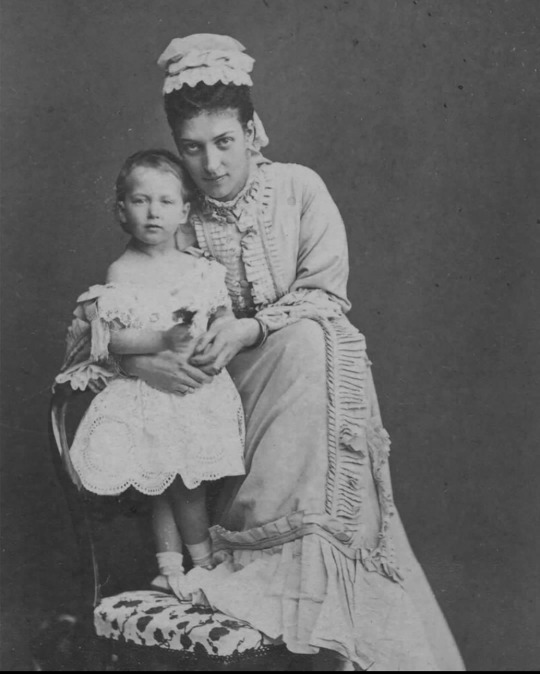
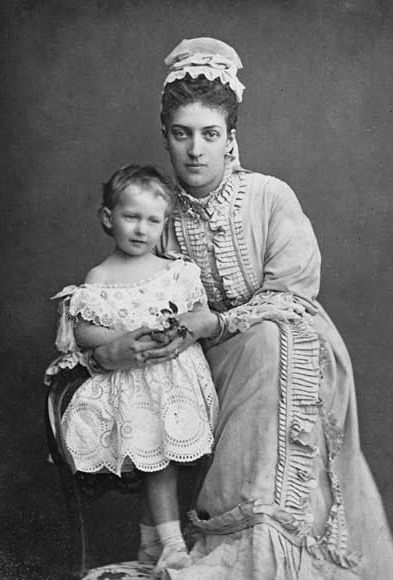
Alexandra, Princess of Wales (later Queen of the UK) and Princess Maud of Wales, 1872 🤍
#so cute!!!#🤍#queen alexandra#queen alexandra of the uk#princess Alexandra#princess of wales#princess maud#Princess maud of wales#queen maud of norway#Queen maud#1872
97 notes
·
View notes
Text
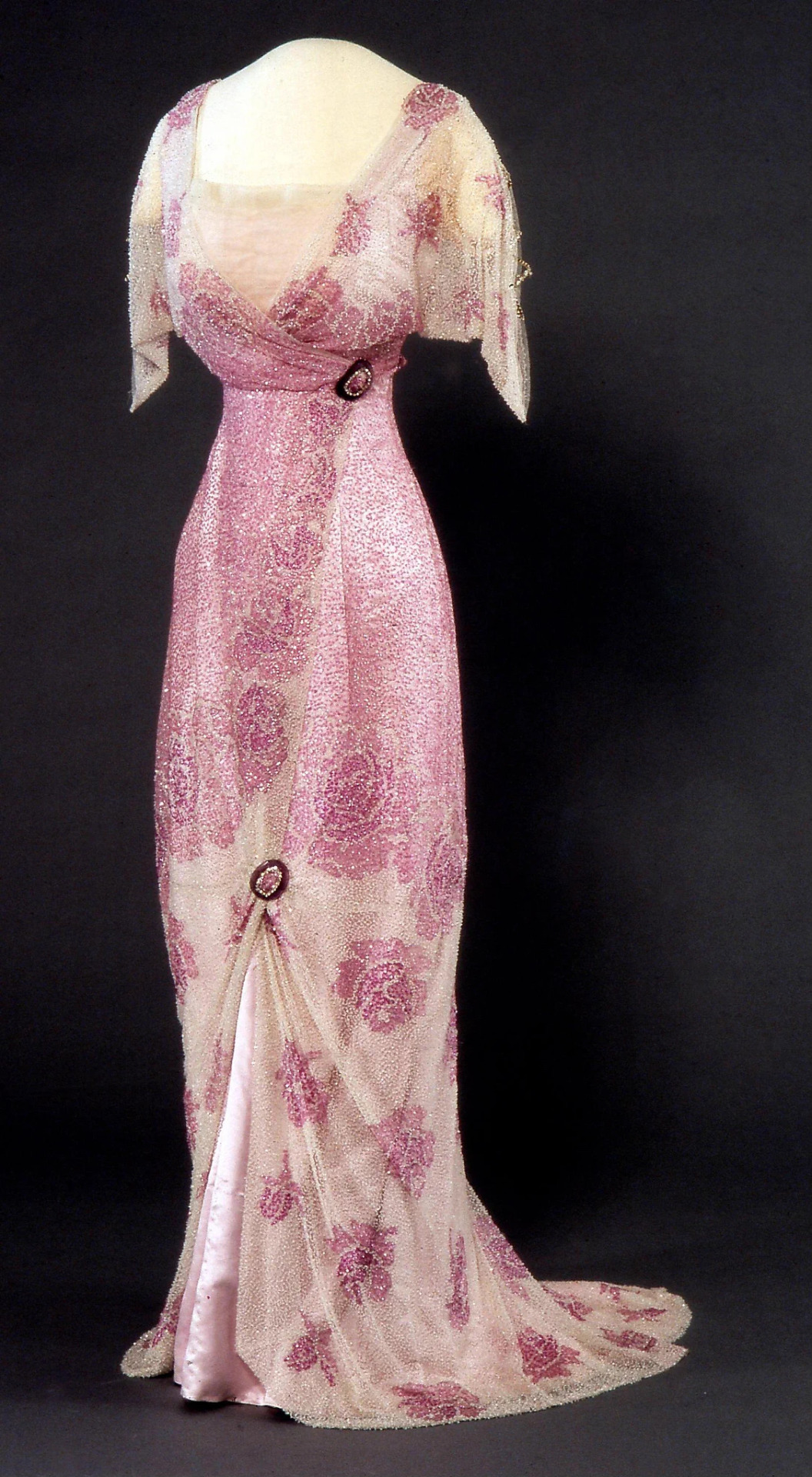
ca. 1908 Worth evening dress worn by Quen Maud (Nasjonalmuseet - Oslo, Norway). From tumblr.com/gentlyepigrams/732927709497442304/just-a-casual-scruffy-look-for-queen-maud-of? 1126X2048.
#1908 fashion#1900s fashion#Belle Époque fashion#Edwardian fashion#Queen Maud#Worth.#evening dress#square neckline#under-bodice#cross-over bodice#elbow-length sleeves#jeweled clasps#drapery#close skirt
108 notes
·
View notes
Text
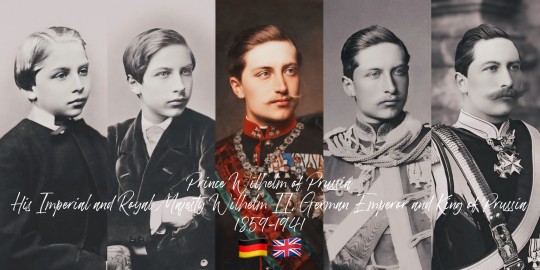


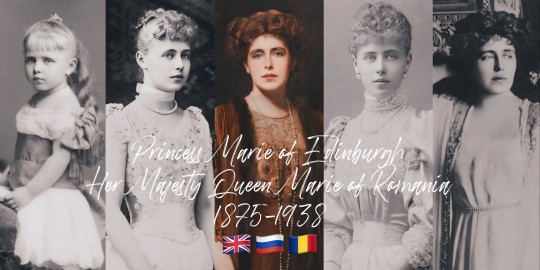


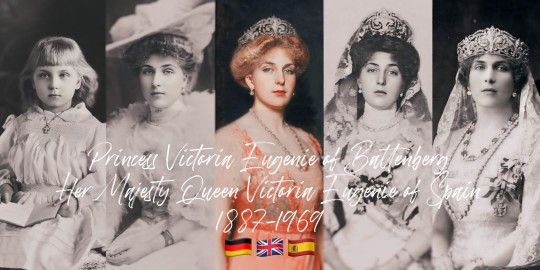

"The Monarchs of Queen Victoria’s Legacy"
Wilhelm II was the first of Queen Victoria's grandchildren to ascend to a throne, becoming German Emperor in 1888. His reign initiated the lineage of monarchs descended from Victoria. The last to be crowned was Marie of Romania in 1914, marking the end of an era for Victoria's royal progeny.
Queen Maud of Norway holds the distinction of having the longest tenure as Queen Consort among Queen Victoria's grandchildren, with a reign that spanned 33 years. Her time on the throne was characterized by a harmonious blend of British heritage and Norwegian culture, leaving a legacy of benevolence and cultural patronage. Conversely, Queen Sophia's role as Queen Consort of the Hellenes was the briefest, lasting just about 4 years due to the political upheavals of World War I and Greece's National Schism, which led to her husband's abdication. Despite the short span, her resilience and dedication to her royal duties remained unwavering.
The execution of Empress Alexandra Feodorovna was a deeply tragic event, reflecting the brutal reality of the Russian Revolution. On the night of 16-17 July 1918, she and her family were executed by Bolshevik revolutionaries in Yekaterinburg. Alexandra witnessed the murder of her husband, Tsar Nicholas II, before she herself was killed with a gunshot to the head. The violence of that night brought an abrupt and grim end to the Romanov dynasty, extinguishing the lives of the last imperial family of Russia in a stark and merciless manner. Her death marked the first among Queen Victoria’s crowned grandchildren. In contrast, Queen Victoria Eugenie of Spain lived through the upheavals of the 20th century, witnessing the restoration of the Spanish monarchy. She passed away in 1969, the last of Victoria’s crowned grandchildren, her life reflecting the dramatic changes of her time.
George V’s United Kingdom, a realm where tradition blends with modernity, continues to stand firm. The monarchy, a symbol of continuity, has weathered the storms of change, its crown passed down through generations, still reigning with a sense of duty and connection to the people.
Maud of Norway’s legacy endures in the serene beauty of Norway, where the monarchy remains a cherished institution. Her reign, characterized by a quiet strength and a nurturing presence, is remembered fondly, and the royal house she helped establish continues to flourish.
Margaret of Connaught’s Swedish monarchy, into which she married, stands resilient. Though she never became queen, her descendants uphold the traditions and values she embodied, maintaining the monarchy as a pillar of Swedish national identity.
Victoria Eugenie of Spain saw the Spanish monarchy navigate the tumultuous waters of the 20th century, enduring a republic and a dictatorship before being restored. Today, it stands as a testament to resilience, with her bloodline still on the throne, embodying the spirit of reconciliation and progress.
In stark contrast, the fates of other monarchies were marked by tragedy:
Wilhelm II witnessed the fall of his German Empire in the aftermath of World War I. His abdication marked the end of an era, and he spent his remaining years in exile, a once-mighty emperor without a throne, reflecting on the lost glory of his realm.
Sophia of Hellenes experienced the disintegration of the Kingdom of Greece amidst political upheaval. The monarchy, once a symbol of national unity, was abolished, leaving her and her family to face the harsh reality of a world that had moved beyond the age of empires.
Alexandra Feodorovna’s Russian Empire crumbled during the Bolshevik Revolution. The tragic end of the Romanov dynasty saw her and her family executed, their fates sealed by the tides of revolution that swept away centuries of monarchical rule.
Marie of Romania’s kingdom, once a beacon of hope in the aftermath of World War I, eventually succumbed to the forces of history. The monarchy was abolished after World War II, and the royal family faced the stark reality of a republic.
#wilhelm ii#Marie of Edinburgh#Marie of romania#George v#alix of hesse#alexandra feodorovna#Margaret of connaught#Margaret of Sweden#Victoria eugenie of Spain#Sophia of Prussia#Sophia of Hellenes#Sophia of greece#queen maud#princess maud of wales#Victoria eugenie of battenberg
49 notes
·
View notes
Text




Happy Valentines Day *Royal Edition*
Queen Maud and king Haakon VII of Norway
Queen Astrid and King Leopold III of Belgium
Queen Ingrid and Frederik IX of Denmark
Princess Alexandra of Kent and Sir Angus Ogilvy
#HAPPY VALENTINES DAY#queen maud#queen maud of Norway#maud of wales#king haakon#king haakon VII#king haakon of norway#norwegian royal family#queen astrid#queen astrid of belgium#princess astrid of sweden#king leopold#king leopold III#king leopold of belgium#belgium royal family#queen ingrid#queen ingrid of denmark#princess ingrid of sweden#king frederik#king frederik IX#danish royal family#princess alexandra of kent#princess alexandra#angus ogilvy#sir angus ogilvy#british royal family#royals
30 notes
·
View notes
Text
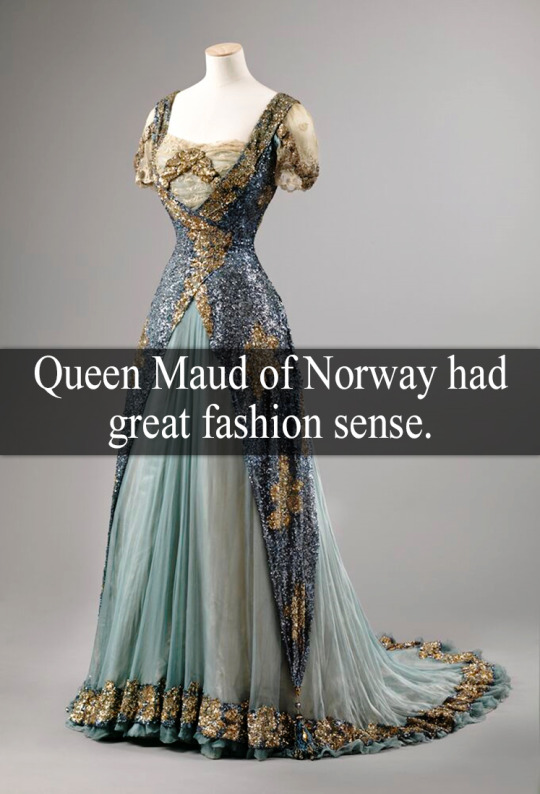
“Queen Maud of Norway had great fashion sense.” - Submitted by Anonymous
98 notes
·
View notes
Text

Princess Victoria of the United Kingdom, Queen Maud of Norway, Queen Alexandra of the United Kingdom, and Louise, Princess Royal. The little girl is Alexandra of Fife, Princess Louise's daughter.
22 notes
·
View notes
Text
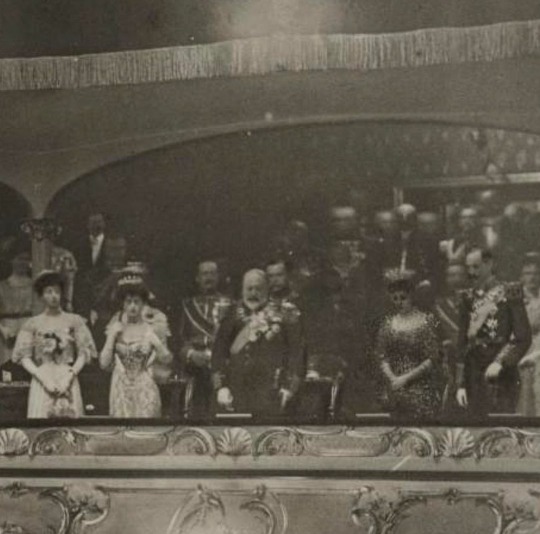
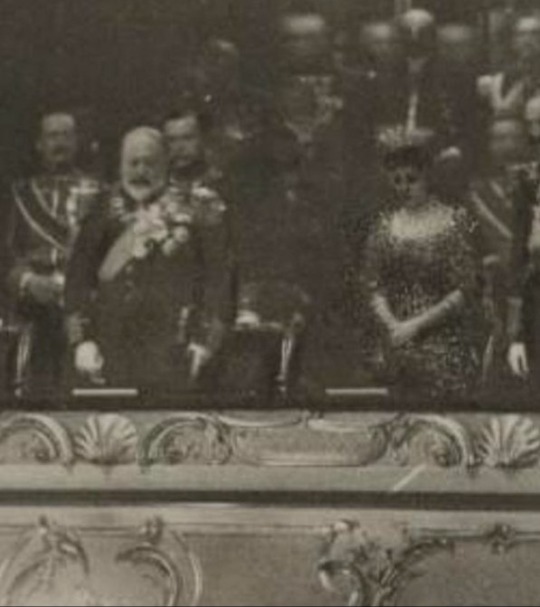
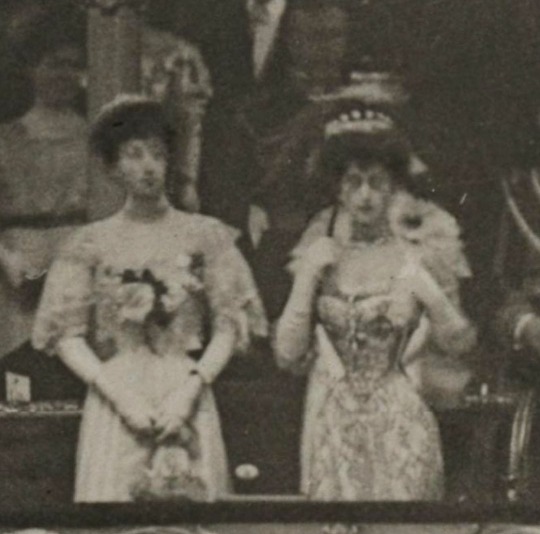
EXTREMELY RARE PHOTO
(L->R) Princess Victoria of Wales, Queen Maud, King Edward VII, Queen Alexandra & King Haakon VII at The National Theatre in Oslo on April 29th, 1908.
Photo Credits: aneacostumes on instagram
#princess victoria of wales#princess toria#maud of wales#queen maud#queen maud of norway#king edward vii#queen alexandra#alexandra of denmark#king haakon vii of norway#king haakon#rare photo#edwardian era#historical fashion#1908
69 notes
·
View notes
Text
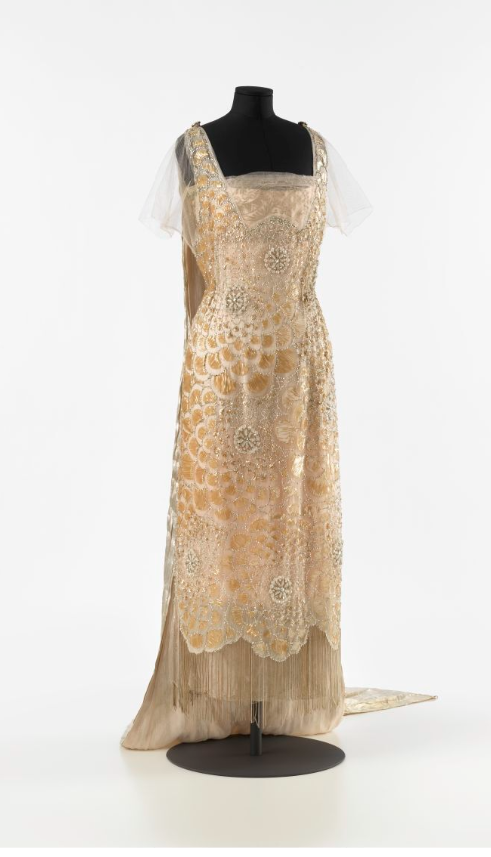

Queen Maud of Norway, Jay's evening dress, machine-woven silk fabric, silk tulle and metal lace, hand-embroidered with metal and plastic sequins, plastic straws, artificial diamonds and pearls, machine- and hand-stitched, early 1920s.
Queen Maud of Norway was renowned for her stylish dress. Daughter of Edward VII and Queen Alexandra, she was born a princess and became Queen of Norway in 1905. She had exemplary taste and a strong interest in fashion, and her royal lifestyle required appropriate dress for every occasion. Her wardrobe includes a range of stunning creations dating from her wedding trousseau of 1896 to the latest House of Worth designs purchased just months before her death in 1938.
Nasjonalmuseet
#queen maud#evening dress#1920s#jazz age#queen maud of norway#H.M. Dronning Maud#Nasjonalmuseet#Norwegian royalty#royalty#jay's#jay's evening dress#royal fashion#norways royal family#art deco#art deco design#art deco evening dress#royal dress#vintage#vintage royals#sun burst#sun burst design#detail
81 notes
·
View notes
Text

Princess Maud of Wales - later Queen Maud of Norway - early 1890s.
#Princess Maud of Wales#queen maud of norway#queen maud#victorian#british royals#british royal family#norwegian royal family#norwegian royals#1890#1890s#1890s fashion#history colored#colored photography
76 notes
·
View notes
Text

48 notes
·
View notes
Text
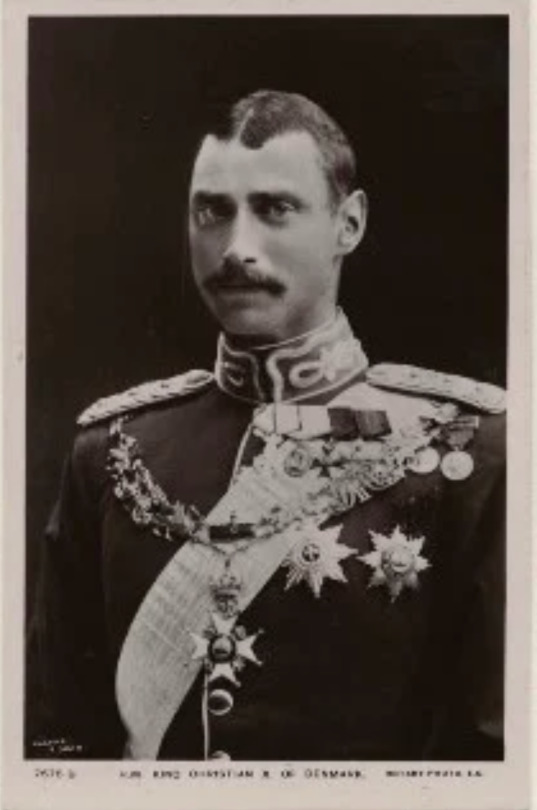
King Christian X (Christian Carl Frederik Albert Alexander Vilhelm; 1870 – 1947); King of Denmark from 1912 to his death in 1947
I want to place this remarkable individual within the context of the many royal families we discuss in this blog. He had quite an eventful and successful reign, including transitioning his country into a constitutional monarchy, but this post is just about (some) of his relatives.
He was a grandson of Christian IX and the son of the future Frederick VIII. His brother was the future Hakoon VII of Norway. His paternal aunts were Dagmar (Empress Maria Feodorovna) and Queen Alexandra of the United Kingdom. King George V, Queen Maud, and Tsar Nicholas II were his first cousins. Christian X's mother was Lovisa of Sweden.
He was raised strictly in a palace part of the Amelienborg Palace complex. He received a military education and studied at the Officers Academy.
Christian initially loved Princess Marguerite of Orleans, but his feelings were not returned, so he married Princess Alexandrine of Mecklenburg Schwerin. Alexandrine's maternal line was Romanov...her mother, Anastasia, was the daughter of Nicholas I's younger son, Grand Duke Mikhail Nikolaievich. They had two sons: Prince Frederick (1899–1972), later King Frederick IX of Denmark and Prince Knud (1900–1976)
In case you are wondering, he was 6 feet 7 inches tall.
What a dynasty Christian IX and Queen Louise gave to the world!
#European history#Christian IX#Christian X#Louise of Hesse-Kessel#Grand Duchess Anastasia Mikhailovna#Frederick VIII#Empress Maria Feodorovna#Queen Alexandra of the United Kingdom#George V#Nicholas II#King Hakoon VII#Queen Maud#Lovisa of Sweeden#Alexandrine of Mecklenburg Schwerin
15 notes
·
View notes
Text
MARRIAGE OF KING HAAKON VII AND QUEEN MAUD OF NORWAY🥺🤍💍
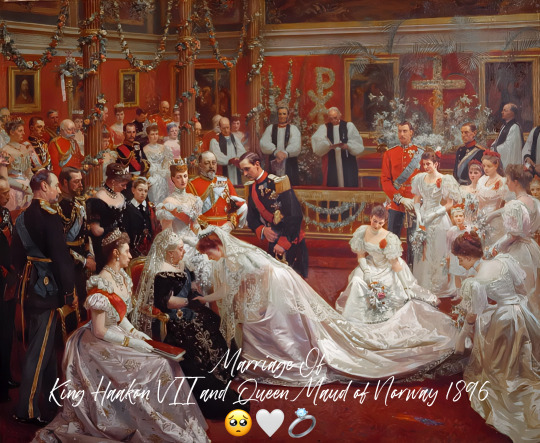
Prince Carl, the second son of then-Crown Prince Frederick of Denmark and Princess Louise of Sweden, was born at the Charlottenlund Palace on August 3, 1872 and was christened Christian Frederik Carl Georg Valdemar Axel. Maud, meanwhile, was the youngest daughter of Albert Edward, Prince of Wales (later King Edward VII) and Princess Alexandra of Denmark. Both Frederick and Alexandra were children of King Christian IX of Denmark.
At a young age, Carl was not expected to become king because he was a second son. So, he built a career in the military, where he served as a naval officer at the Royal Danish Naval Academy in Copenhagen. Maud, meanwhile, was the liveliest of Edward and Alexandra's three daughters. She fell in love with Prince Francis of Teck, the younger brother of her sister-in-law, the future Queen Mary .Francis and Maud exchanged several letters, however, as time passed, it became clear that the love was one-sided as Francis had no interest in Maud.🥲💔
As cousins, Maud and Carl often met, especially during family gatherings. Rumours eventually circulated within the family that the two might get married. Carl proposed during a reunion at Fredensborg Castle and Maud accepted. Their engagement was announced on October 29, 1895. Princess Alexandra was initially hesitant of the engagement because Maud was 3 years older than Carl, She only relented when she realized that Carl would prove to be the right husband for her sea-loving daughter.🌊🤍
The engagement delighted Queen Victoria (Maud's grandmother). According to Queen Victoria's Maid of Honour, news of their engagement “…caused much excitement at Balmoral…and has been the cause of much telegraphing…The Queen is delighted and healths were drunk at dinner.”
The wedding was set on July 22, 1896. The wedding was almost delayed after Prince Henry of Battenberg's untimely death, but it was finally decided that the wedding should go on as scheduled and that Princess Beatrice (Maud's aunt and Prince Henry's wife) and her children would not attend. European royals converged in London for this wedding. Members of both the British and Danish royal families were present, as well as their Greek, German, Russian, and Swedish relatives. The bride wore a simple dress fashioned by Miss Rosalie Whyte of the Royal Female School of Art. It had a long train and was made of pure white English satin which was woven in Spitalfields, a section of London known for its weaving. She wore the Princess of Wales' wedding veil and instead of a tiara, she adored her hair with flowers.
Queen Victoria recorded in her Journal: ‘After the Benediction, Maud came forward to her parents & then to me & I kissed both her & the Bridegroom’.
the famous royal painter LAURITS REGNER TUXEN painted the wedding using the photos taken at the wedding! Queen Victoria gave the painting as a present to Maud's parents, the Prince and Princess of Wales.🥺❤️🩹
25 notes
·
View notes
Text
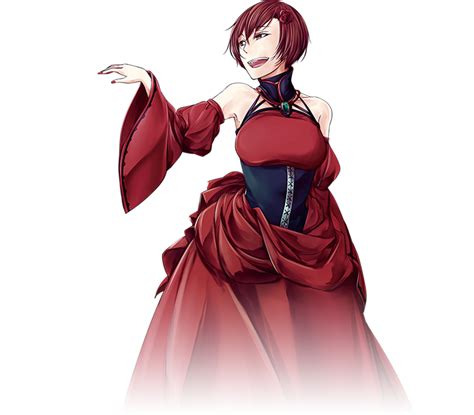
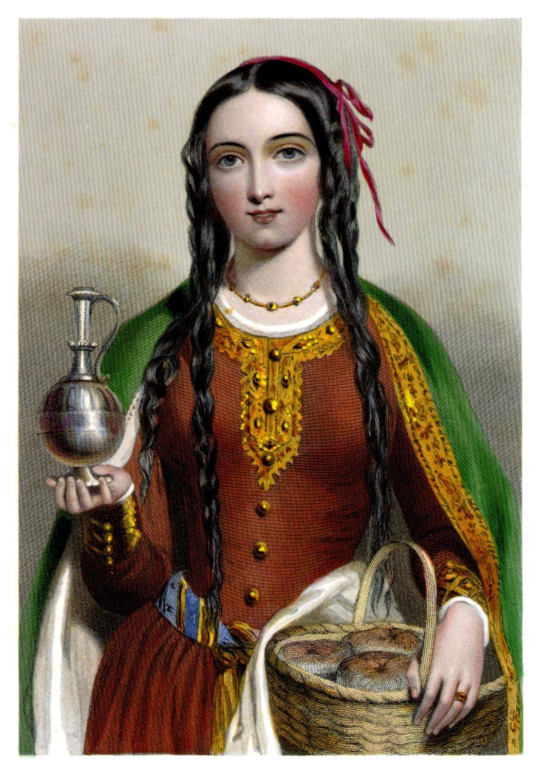
GIRLBOSS ROUND ONE: NOW, WHEN YOU SAY "QUEEN"...
Select which one you think is GIRLBOSSIER, i.e., which one is the better girlboss
Propaganda
Banica Conchita:
girl duke, cannibal, demon of gluttony, ate her employees, master of the graveyard, her boyfriend and employees still work for her after she ate them
Queen Maud:
Started a giant war because her cousin took the throne her father wanted to have. They called that time the Anarchy. It ended when she got the cousin to agree that her son should be his successor
22 notes
·
View notes
Photo

“I can't imagine how much pain & discomfort king Haakon want through when queen Maud died. They were truly soulmate and you can clearly see that they loved each other so much, And he loved 19 YEARS without her 💔 He was so devastated without her presence in his life...” - Submitted by abigaaal
67 notes
·
View notes
Text
Uhm... is it just me or do Maud & Haakon both look so attractive in this photo? I swear to god I could stare at this photo for hours on hours😍

AND OMFG I WISH I WAS MAUD SITTING ON HAAKON'S LAP LIKE THAT🥵
30 notes
·
View notes
